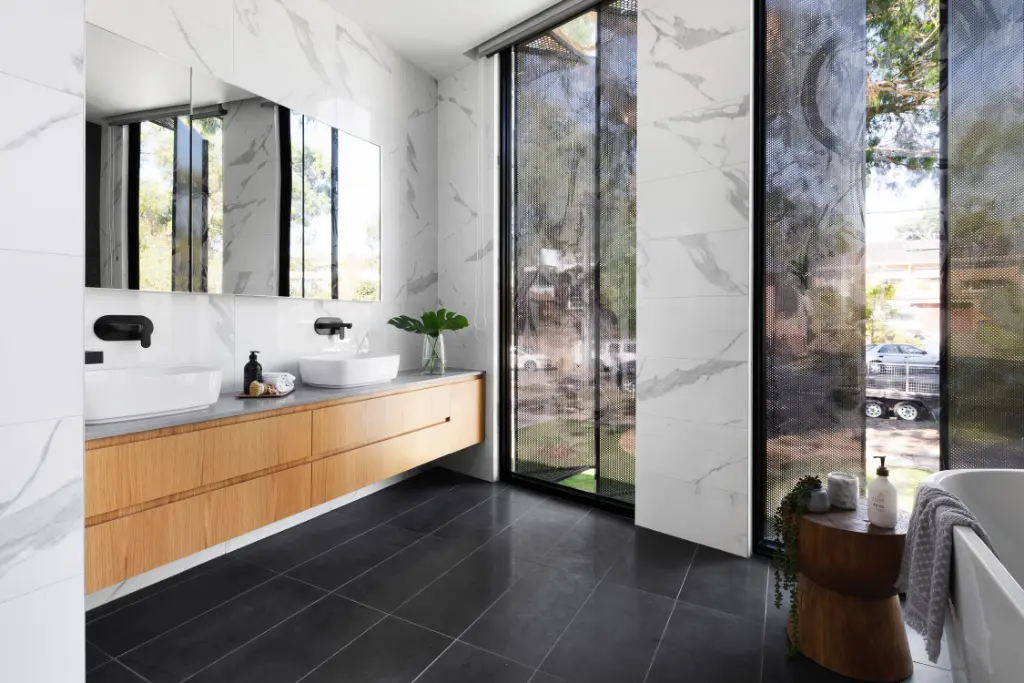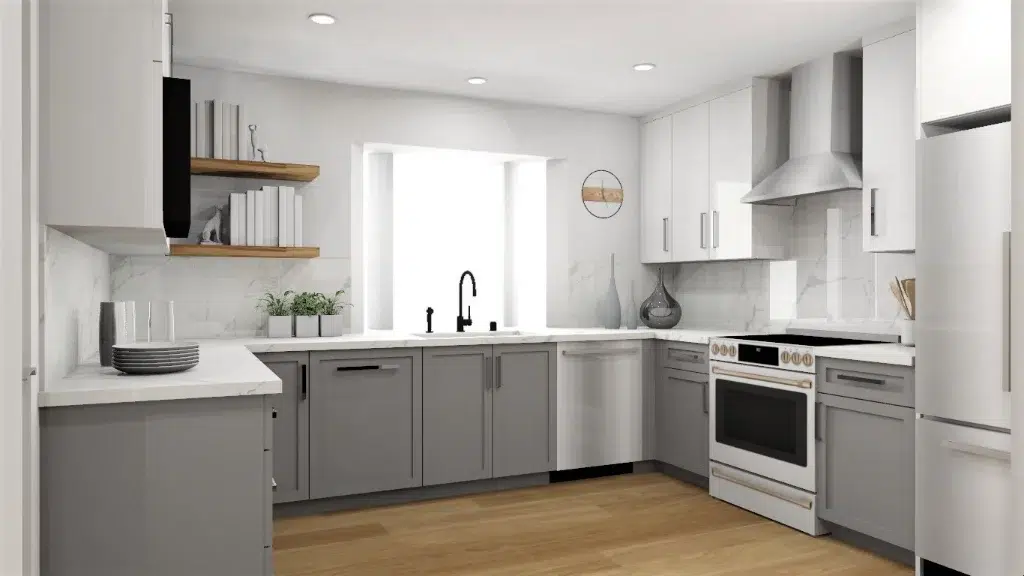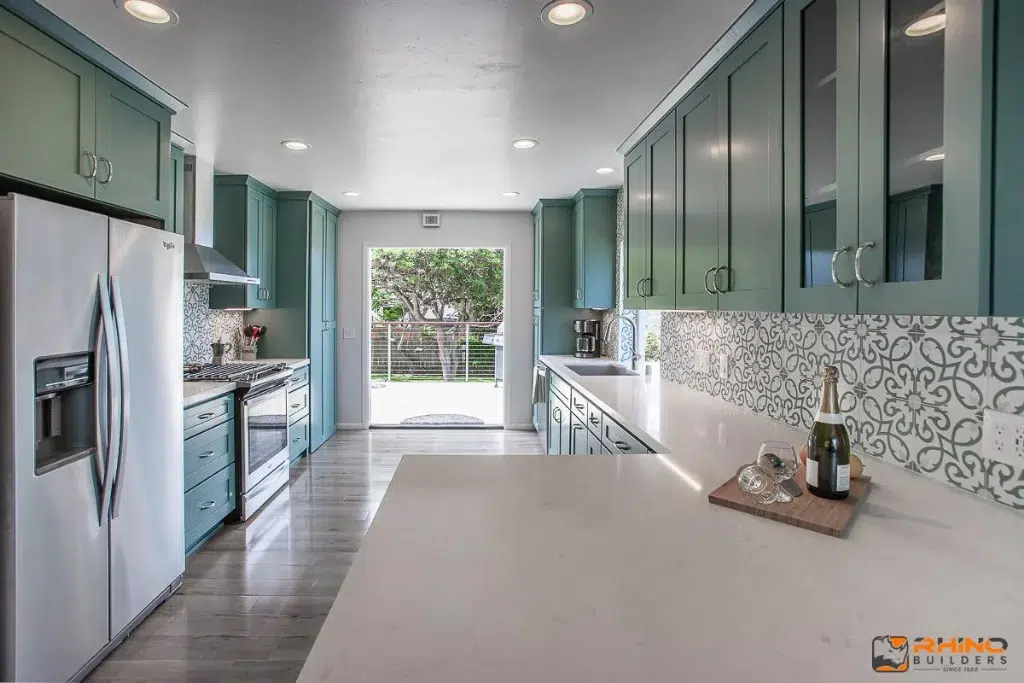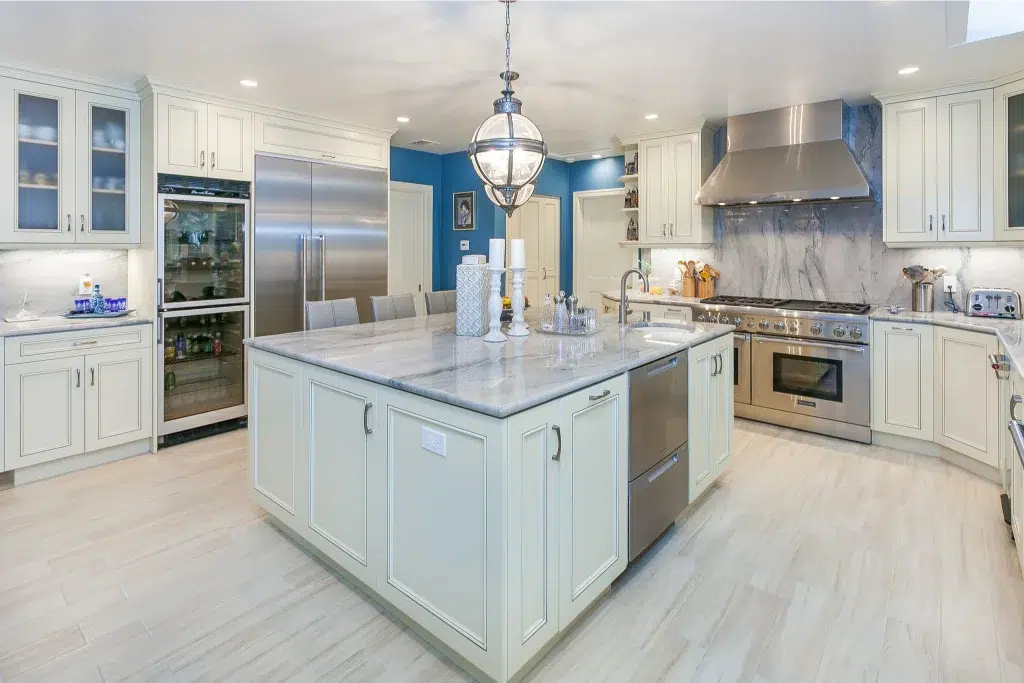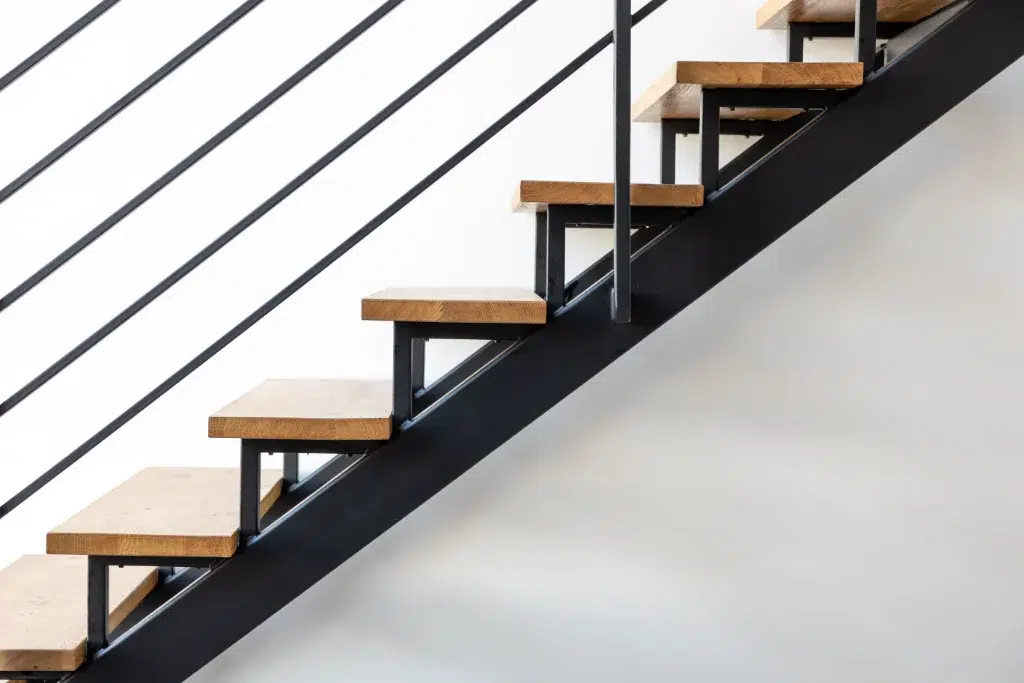Ever had a soggy yard that just won’t dry out? Or maybe you’ve noticed moisture seeping into your basement after heavy rainfall? These common issues can damage your property and decrease its value over time. The solution might be simpler than you think! French drains can redirect moisture away from your home and protect your foundation from potential damage. Let’s explore how these systems work and why they might be the perfect solution for your property.
Understanding How a French Drain System Works
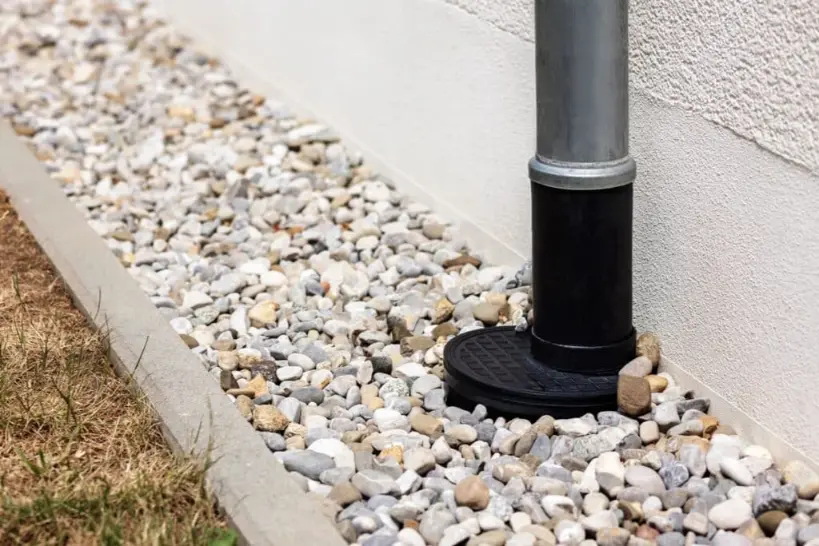
Think of French drains as underground highways for excess moisture. When rainfall hits your property, it naturally flows downhill. Without proper management, this flow can pool around your foundation or create swampy areas in your yard.
A properly installed system includes a trench filled with gravel and a perforated pipe. The trench creates a path of least resistance for moisture to follow. As liquid seeps into the soil, it finds its way into the pipe through small holes. From there, it travels safely away from your home to a designated outlet point. Pretty clever, right?
Types of French Drains for Different Drainage Problems
Different properties face different challenges when it comes to managing excess moisture. Thankfully, there are several variations designed to address specific needs:
- Surface drains: Ideal for yards with minor pooling issues
- Deep drains: Perfect for protecting foundations and basements
- Curtain drains: Great for sloped properties to intercept flowing moisture
- Channel drains: Excellent for driveways and patios with hard surfaces
- Basement systems: Specifically designed to keep lower levels dry
Each type has its own installation method and optimal placement strategy. A professional can help determine which solution would work best for your specific situation and property layout.
Benefits of French Drains To Prevent Water Runoff
Installing quality French drains does more than just keep your shoes dry when walking across the lawn. These systems provide numerous benefits that protect your investment and improve your property’s overall health.
By redirecting excess moisture away from your home, they prevent costly foundation damage that can occur when liquid puts pressure on basement walls. You’ll also reduce soil erosion around your property, preserving your landscaping and preventing unsightly washouts after heavy rain.
Perhaps most importantly, proper drainage eliminates standing puddles where mosquitoes breed and unwanted fungi thrive. Your yard becomes more usable year-round, and your home stays protected from the elements.
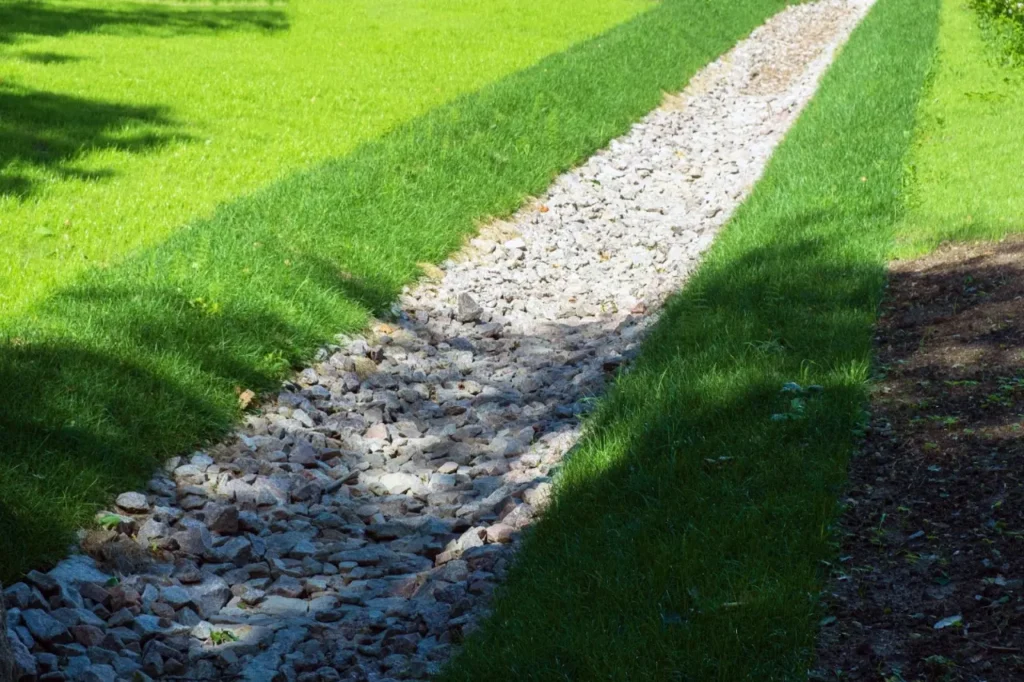
How Professionals Install a French Drain: The Process Explained
The installation process for French drains begins with planning the route. Professionals carefully map out where the system should run, taking into account the natural slope of your property and identifying the ideal outlet location.
Next comes the trench excavation. Using specialized equipment, installers dig a trench along the planned route. The depth and width depend on your specific needs, but typically range from 12-24 inches deep. The trench slopes gradually downward to ensure proper flow.
After excavation, installers line the trench with landscape fabric to prevent soil from clogging the French drains. They then add a layer of gravel, place the perforated pipe, and cover with more gravel before wrapping the fabric and backfilling with soil.
Materials Needed for French Drain Installation
Quality materials make all the difference in how well your French drains perform and how long they last. Here’s what professionals typically use:
- Perforated PVC pipe (typically 4 inches in diameter)
- Washed gravel or crushed stone
- High-quality landscape fabric
- Proper connectors and fittings
- Outlet components for discharge areas
Using professional-grade materials ensures your system functions properly for years to come. While DIY options exist, professional installation guarantees proper slope, connections, and placement for optimal performance.
Final Thoughts On French Drainage System
A well-designed French drain represents one of the smartest investments you can make in protecting your property. By controlling the flow of moisture, you prevent countless potential problems before they begin.
Remember that proper installation is crucial for long-term success. While the concept seems simple, achieving the correct slope and using appropriate materials requires expertise. Consider consulting with professionals who understand your local soil conditions and rainfall patterns.
With the right French drains in place, you can enjoy your property without worrying about soggy spots, foundation damage, or basement flooding. Your yard will thank you, and so will your home’s value!
FAQs
How do French drains work?
These channels direct liquid away from problem areas through a simple design. A gravel-filled trench contains perforated pipes that collect flowing moisture. Gravity pulls excess water into the pipes and away from your home toward a designated outlet point.
How much does a French drain cost on average?
Expect to pay between $2,000-$6,000 for professional installation on average. Factors affecting price include length needed, soil type, accessibility, and depth required. Larger properties or complex installations with multiple branches will fall on the higher end of this range.
Do you offer professional installation services?
Yes! Our expert team handles everything from initial property assessment to complete installation. We use premium materials guaranteed to last decades. Contact us today for a free consultation and personalized quote for your specific property needs.

